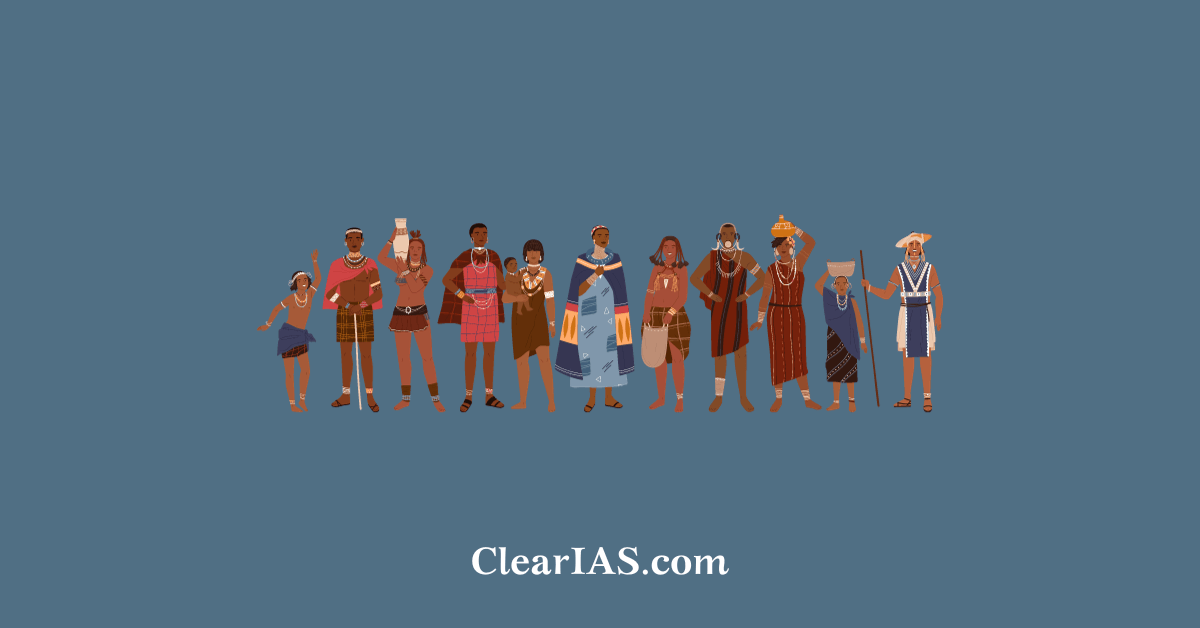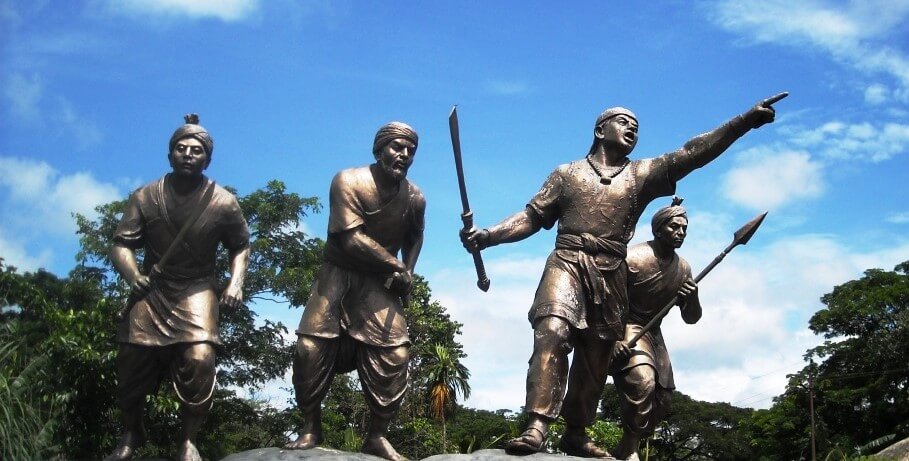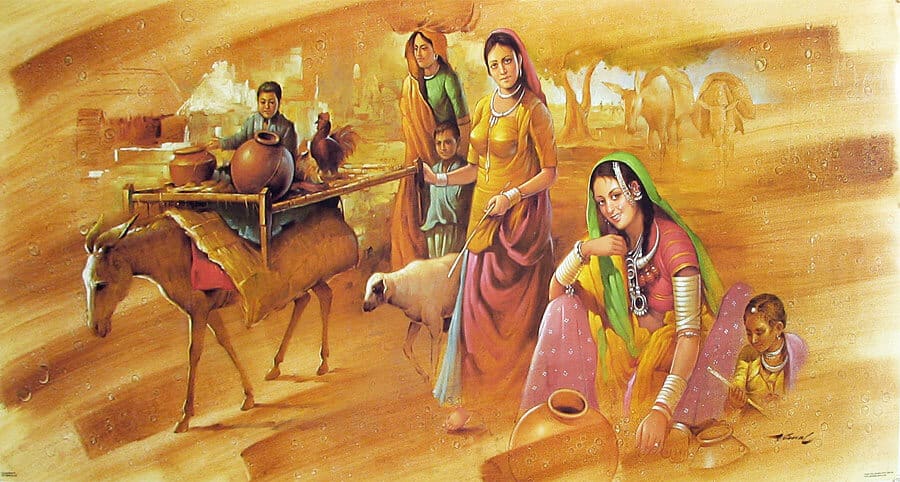
Different kinds of societies: Those who followed the rules of Varna and those who didn’t
We have already seen that there were administrative centers, temple towns, as well as centers of commercial activities and craft production during the medieval periods. But different kinds of societies evolved differently social change was not the same everywhere.
In many parts of the subcontinent, the society was already divided according to the rules of varna. These rules, as prescribed by the Brahmanas, were accepted by the rulers of large kingdoms. Under the Delhi Sultans and the Mughals, the hierarchy between social classes grew further.
However, there were other societies as well. Many societies in the subcontinent did not follow the social rules and rituals prescribed by the Brahmanas. Nor were they divided into numerous unequal classes. Such societies are often called tribes.
Beyond Big Cities: Tribal Societies
- Some powerful tribes controlled large territories. In Punjab, the Khokhar tribe was very influential during the 13th and 14th centuries.
- Kamal Khan Gakkhar, of Gakkhar tribe, was a noble (mansabdar) by Emperor Akbar.
- In Multan and Sind, the Langahs and Arghuns dominated extensive regions before they were subdued by the Mughals.
- In the western Himalayas lived the shepherd tribe of Gaddis.
- The distant north-eastern part of the subcontinent too was entirely dominated by tribes – the Nagas, Ahoms, etc.
- In many areas of present-day Bihar and Jharkhand, Chero, chiefdoms had emerged by the 12th century. Raja Man Singh, Akbar’s general, attacked and defeated them in 1591.
- The Maharashtra highlands and Karnataka were home to Kolis[also in Gujarat], Berads, etc.
- South got Koragas, Vetars, Maravars etc.
- Bhils spread across western and central India. By the late 16th century, many of them had become settled agriculturists and some even zamindars.
- The Gonds were found in great numbers across the present-day states of Chhattisgarh, Madhya Pradesh, Maharashtra, and Andhra Pradesh.
Gond Tribe
- They lived in a vast forested region called Gondwana.
- They practiced shifting cultivation.
- The Akbar Nama, a history of Akbar’s reign, mentions the Gond kingdom of Garha Katanga that had 70,000 villages.
- The administrative system of these kingdoms was becoming centralized.
- The emergence of large states changed the nature of Gond society.
- Certain Gond chiefs now wished to be recognized as Rajputs.
Ahom Tribe

- They migrated to the Brahmaputra valley from present-day Myanmar in the 13th century.
- They created a new state by suppressing the older political system of the bhuiyans (landlords).
- During the 16th century, they annexed the kingdoms of the Chhutiyas (1523) and of Koch-Hajo (1581) and subjugated many other tribes.
- They know to use firearms as early as the 1530s.
- In 1662, the Mughals under Mir Jumla attacked the Ahom kingdom and defeated them.
- The Ahom state depended upon forced labor. Those forced to work for the state were called paiks.
- By the 17th century, the administration became quite centralized.
- In their worship concepts influence of Brahmanas increased by the 17th century.
- Literature and culture flourished in their time. Works known as buranjis were written – first in the Ahom language and then in Assamese.
Read: Lachit Borphukan: Assam’s Braveheart
Trader Nomads: Banjaras

- The Banjaras were the most important trader nomads. Their caravan was called Tanda.
- Alauddin Khalji used the Banjaras to transport grain to the city markets.
- Emperor Jahangir wrote in his memoirs about Banjaras.
UPSC Question from the Topic
Q: Banjaras during the medieval period of Indian history were generally
(a) agriculturists
(b) warriors
(c) weavers
(d) traders
Reference: UPSC CSE Prelims 2016 GS Paper 1
Compiled by: Vibin Lakshmanan






Please recommend ebooks for civil service exam
[email protected]